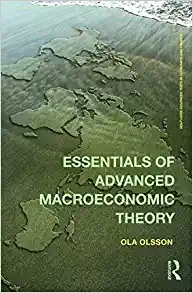Question
Suppose we have two separate markets for assets, the market for safe assets and the market for risky assets. Now consider the market for safe
Suppose we have two separate markets for assets, the market for safe assets and the market for risky assets. Now consider the market for safe assets. Many market observers believe two forces are causing high prices of safe assets (or equivalently, low interest rates on safe assets). First, following the Asian financial crisis in the late 1990s, many large emerging-market nations (e.g., China) sought to build up their foreign reserves of safe assets. Second, before the Great Recession, sovereign debt (e.g., US Treasury Bonds, German Treasury Bonds, Spanish Treasury Bonds, Greek Treasury Bonds, etc.) and AAA mortgaged-backed securities were considered safe assets. During the Great Recession, many of these assets were no longer classified as safe assets.
- Starting from an initial equilibrium in the market for safe assets, what is the impact on the price and quantity of safe assets from an increased desire among emerging-markets to build up their foreign reserves of safe assets?
- Starting from an initial equilibrium in the market for safe assets, what is the impact on the price and quantity of safe assets from the realization that many mortgaged-backed securities and sovereign debts were no longer safe?
- Suppose that these two forces were the only forces affecting the market for safe assets. If you observe the price and quantity in the safe asset market after the Great Recession, how could you determine which force was more important?
Step by Step Solution
There are 3 Steps involved in it
Step: 1

Get Instant Access to Expert-Tailored Solutions
See step-by-step solutions with expert insights and AI powered tools for academic success
Step: 2

Step: 3

Ace Your Homework with AI
Get the answers you need in no time with our AI-driven, step-by-step assistance
Get Started


